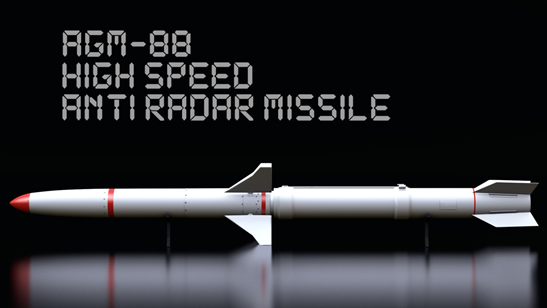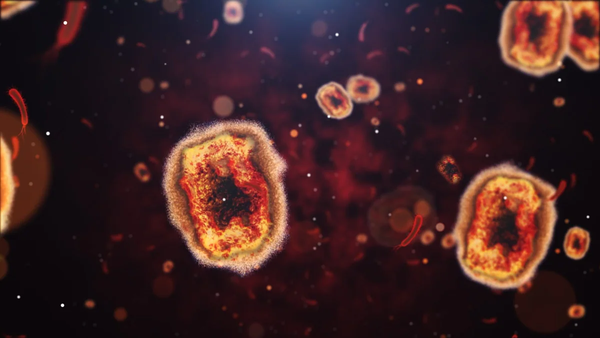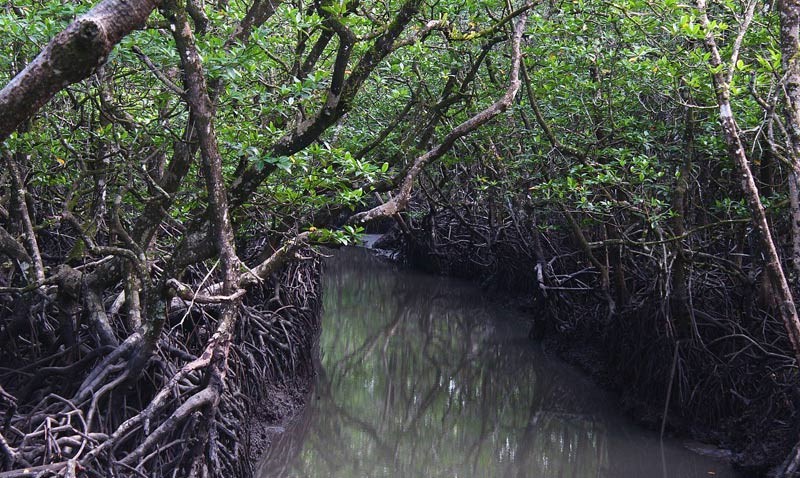Technology Innovation Hubs (TIH) (GS Paper 3, Science and Tech)

Why in news?
- Recently, experts from the India and United States interacted to bring out the best plans for joint research projects that would be implemented through the Technology Innovation Hubs (TIH), at DST-NSF Joint Research and Development Projects Kick-off Workshop.
Agenda:
- The workshop was organised by IIT Delhi in association with DST to discuss how the projects to be implemented by the six TIHs identified under NM-ICPS for collaborative research and development with NSF-supported institutions would leverage unique resources, such as testbeds and datasets available in India and in the US, expand collaborations on critical technologies and encourage student and researcher exchange programs.
- A total of 35 joint projects have been identified which will be implemented by the Technology Innovation Hubs (TIHs) and research institutions from USA.
National Mission on Interdisciplinary Cyber-Physical Systems:
- Six TIHs under NM-ICPS have been identified for collaborative research and development with NSF-supported institutions. These projects aim at adding the component of international collaboration to existing research projects in both countries.
- The Hubs are part of a five-year, nearly $430 million investment by DST under the National Mission on Interdisciplinary Cyber-Physical Systems and comprise academic researchers and industry partners.
Background:
- Department of Science and Technology (DST), Government of India, and National Science Foundation (NSF) joined hands for collaborative research and development in Sept 2021 in thematic areas of Agriculture, Autonomous systems technologies and applications, Health and Environment, Rehabilitation and assistive robotics, and Smart cities covering various cyber-physical systems.
- DST is implementing National Mission-Interdisciplinary Cyber-Physical Systems (NMICPS) with an outlay of Rs. 3,660.00 crore for a period of five years to encourage innovation in new age technologies.
- As part of the Mission implementation, 25 Technology Innovation Hubs (TIHs) have been established in reputed institutes across the country in advanced technologies to create a strong foundation and a seamless ecosystem for Cyber-Physical Systems, leading a platform for policymakers, researchers/innovators, premier institutes, start-ups, entrepreneurs, investors, industries and global connect as well.
AGM-88 HARM, the new anti-radar missile supplied to Ukraine by the US
(GS Paper 3, Defence)
Why in news?
- Recently, the United States has supplied some “anti-radiation missiles” to Ukraine, which could be fired from some Ukrainian Air Force aircraft.
- The statement has put meat on Russian allegations that an American anti-radar missile, AGM-88 HARM, which is part of NATO’s inventory, has been used in the theatre of conflict.

What is the AGM-88 HARM missile?
- The acronym ‘HARM’ in the AGM-88 HARM air-to-surface missile stands for High-Speed Anti-Radiation Missile.
- It is a tactical weapon fired from fighter aircraft, and has the capability to detect and home into radiation emitted by hostile radar stations that have surface-to-air detection capabilities.
- It also has an anti-radar homing seeker broadband RF antenna and receiver, and a solid state digital processor. The missile has a range of more than 100 km.
- The AGM-88 HARM is 14 metres in length, but only 10 inches in diameter. It weighs around 360 kg and carries a fragmentation type warhead that is optimised for radar targets.
Developed by:
- The missile was originally developed by the Dallas-headquartered Texas Instruments, but is now produced by the major American defence contractor Raytheon Corporation.
- An advanced version of the weapon is manufactured by Dulles, Virginia-based Northrop Grumman.
Do the Ukrainians have a platform to use these missiles?
- It would appear that only Western military groups have the required fighter aircraft to use these missiles, and that the AGM-88 HARM cannot be fitted and used on the Russian-origin aircraft that Ukraine has in its fleet.
- Several NATO aircraft in Europe, including the Tornado ECR, F-16CM Block 50, and F/A-18-EA-18G — can fire the AGM-88 HARM missiles.
- The Russia-Ukraine war is the first in which the weapon has been confirmed to have been used by a military other than the US. However, its usefulness, considering the limited number of aircraft in the Ukrainian Air Force, remains in question.
- The Ukraine does not have aircraft known to be compatible with the missile, there is speculation that the missiles may have been fired by NATO aircraft secretly supporting the Ukraine military in combat roles.
Is there no way the missile can be used by Ukraine’s Russian-origin aircraft?
- Theoretically, it is possible to use the AGM-88 HARM in a limited mode in a Russian-origin aircraft. However, this would have required a lot of fast-moving research and development which may not have been possible in Ukraine itself due to the extended conflict.
- Northrop Grumman had tested a land-based version of the missile, but it did not achieve the required parameters.
Novel Langya henipavirus
(GS Paper 3, Science and Tech)
Why in news?
- Recently, China confirmed 35 human infections with the zoonotic Langya virus (LayV).
- The cases were discovered in the provinces of Shandong and Henan on the Chinese mainland, according to information from the Taiwan Center for Disease Control (TCDC).

Details:
- The authorities have chosen to start using nucleic acid testing procedures to find the virus and track its spread.
- Nearly 2% of goats and 5% of dogs and other domestic animals have tested positive for the virus after a thorough serological survey.
- The virus can cause renal and hepatic failure and most likely is transmitted from animals to humans.
What is Langya henipavirus (LayV)?
- No human deaths have been reported due to LayV, which has a distinct genome. Infectious diseases transmitted between animals and humans are called zoonotic diseases.
- The disease may have been transmitted from shrews, small insectivorous mammals resembling a mouse. Shrews are the natural habitat of the virus.
- Nipah and Hendra virus also belong to the same genus, henipavirus, from the Paramyxoviridae family. Paramyxoviridae is a family of single-stranded Ribonucleic acid (RNA) viruses that cause different types of viral infections.
- These viruses are found in bats, rodents and shrews and are known to infect humans and potentially cause fatal diseases.
Symptoms of the virus:
- The symptoms that the 26 individuals experienced were fever, exhaustion, a cough, appetite loss, muscle discomfort, nausea, headaches, and vomiting.
- Additionally, they revealed a reduction in white blood cells, liver failure, renal failure, and a low platelet count.
What’s next?
- The CDC is in the process of setting up domestic laboratories to perform genome sequencing and increase surveillance.
- CDC aims to research routes of transmission and collaborate with the executive branch of the Chinese state agency, Council of Agriculture. This will help identify whether similar diseases are found in species that are native to the region.
NASA highlights loss of mangrove cover on Katchal Island
(GS Paper 3, Environment)
Why in news?
- The United States National Aeronautics and Space Administration (NASA) recently highlighted the loss of mangrove cover on Katchal island, a part of India’s Nicobar archipelago.
- It did so while citing a study that showed the extent to which mangroves had been lost globally over the past two decades.

Loss in Katchal Island:
- The NASA Earth Observatory showed a map of the island shot from a satellite. The map shows the real extent of tidal wetlands lost between 1992 and 2019 on Katchal Island in the Nicobar Islands in the eastern Indian Ocean.
- After the magnitude-9.2 Aceh-Andaman earthquake in December 2004, the islands experienced up to 3 meters (10 feet) of land subsidence. This submerged many mangrove ecosystems, resulting in a loss of more than 90 percent of mangrove extent in some areas.
Propagule:
- The mangrove cover on Katchal will not come back. But in other places, mangroves have reappeared since they propagate themselves through propagules.
- A propagule is a vegetative structure that can become detached from a plant and give rise to a new plant. Examples include a bud, sucker, or spore.
Key Findings:
- High-resolution mapping of losses and gains of Earth’s tidal wetlands found that 4,000 square kilometres of tidal wetlands were lost between 1999 and 2019.
- The study also noted that mangroves had the highest ratio of loss to gain among the three types of tidal wetlands it studied. The other two were tidal flats and marshes.
- Mangroves showed an estimated net decrease of 3,700 square kilometres between 1999 and 2019. However, tidal wetlands were overall very dynamic.
- The data suggests a net loss of tidal wetlands on deltas globally, though gains of 2,100 square kilometres alongside losses of 2,300 square kilometres indicate the considerable dynamism of these systems.
Threats to tidal wetlands:
- Some 27 per cent of the losses and gains were directly caused by human activity. Humans can alter wetlands through development, water diversion projects, or by converting the land to agriculture or aquaculture. But they can also expand wetlands through restoration projects.
- Other causes of wetland change were sea level rise, shoreline erosion, storms, altered sediment flow and subsidence. These can be either indirectly caused by humans or the result of natural coastal processes.
- The study also found that outside of Asia, tidal wetlands in Africa had the highest ratio of loss to gain. The loss was most severe in in Nigeria, Mozambique and Guinea-Bissau.





